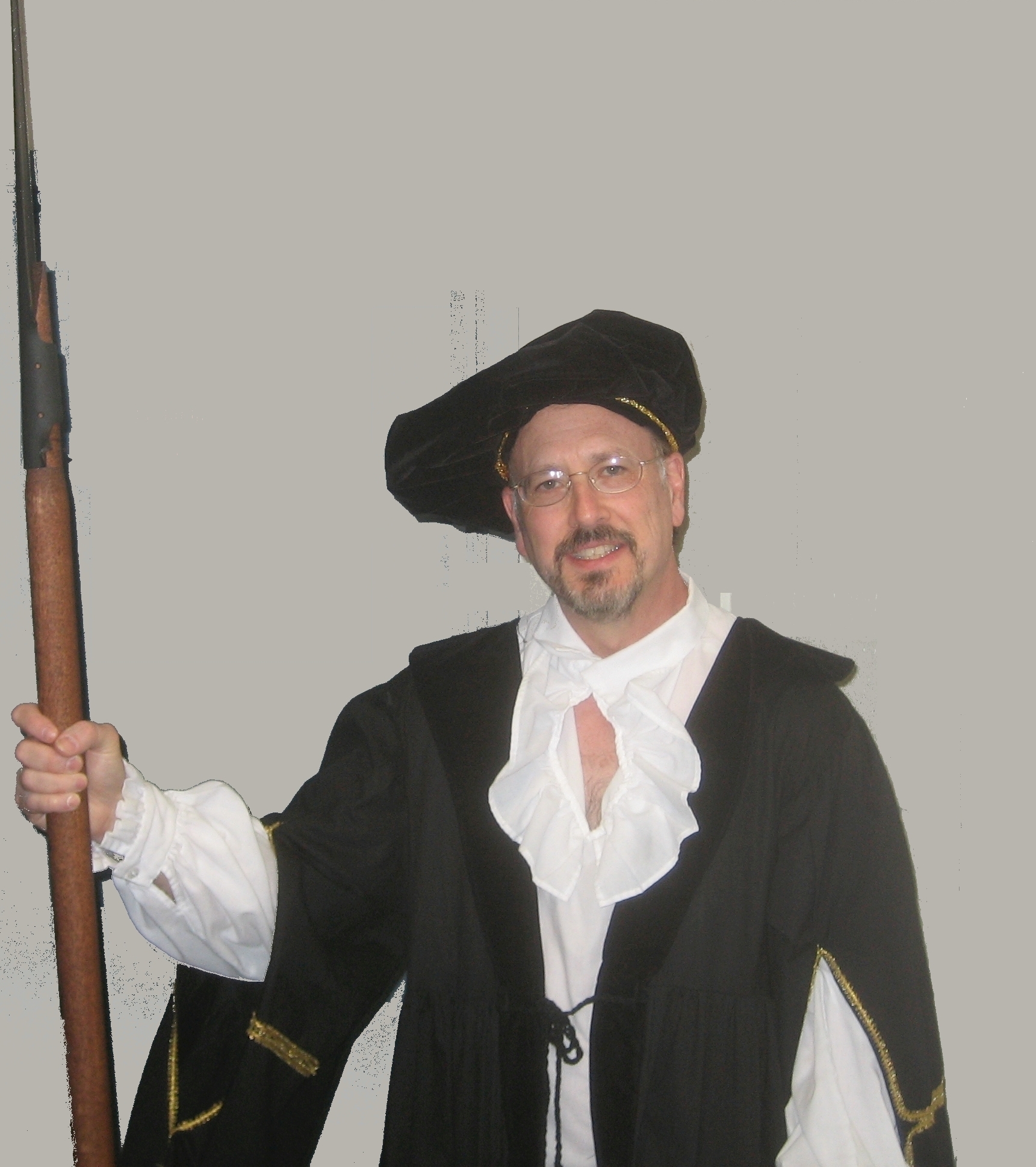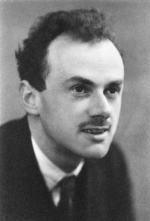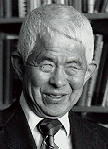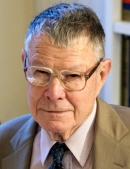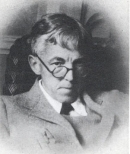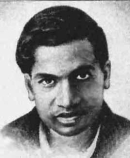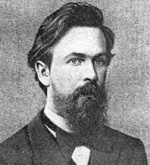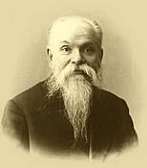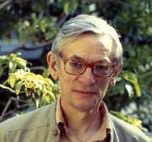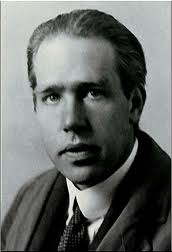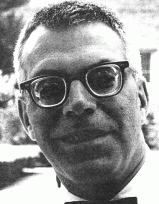I have a doctor I really like, partly because he is interested in many things and likes to talk about them and partly because most of that talk is insightful, thought-provoking and occasionally brilliant.
In one of our less high-flung conversations, he was recently complaining to me that state regulations required him to have a gynecological table equipped with a speculum warmer (cost: $10,000) in each of his examining rooms, although there is no chance he’ll ever use one. He focused at first on the space they take up, but then segued to the fact that with ten examining rooms, his practice had had to shell out $100,000 for these things.
But then he quickly corrected himself: “Of course I realize there’s really no harm done because somebody is getting that money, but still…..”.
One sees this constantly. Smart, thoughtful, well-informed and insightful people can turn into blithering idiots when they talk about economics. But that’s part of a much more general phenomenon: Smart, thoughtful, well-informed and insightful people can turn into blithering idiots when they talk about pretty much anything outside their narrow specialties. (I wouldn’t be surprised if my doctor has regaled more than one dinner table with some of my thoughts about medicine.) That’s part of why we need specialization. If we had no specialties, we’d all be blithering idiots about everything.
In this case I went the route of gentle correction: “Well, yes, but instead of getting paid to build gynecological tables that nobody will ever use, those same people could have been paid to build something useful…”. His facial expression suggested that I’d given him a new and valuable insight (or maybe that he was trying to make me think that I had).
We should call out idiocy when we see it. We should also remember that we are all idiots in our own way.

